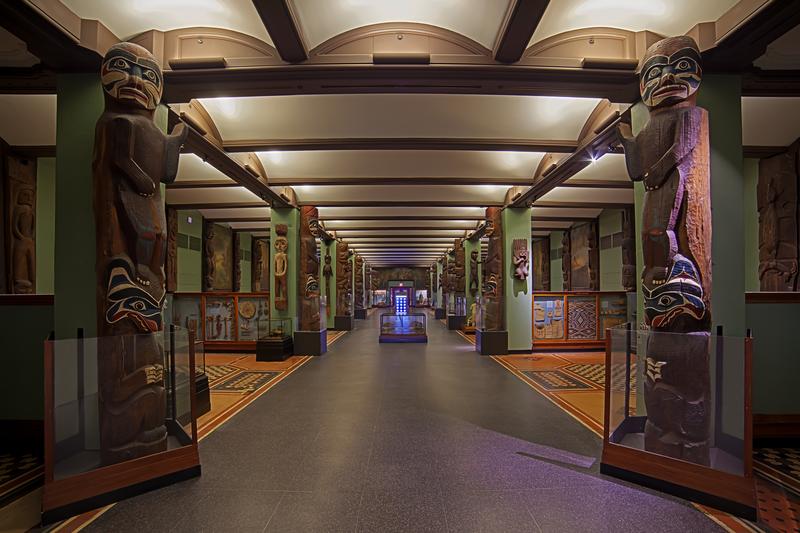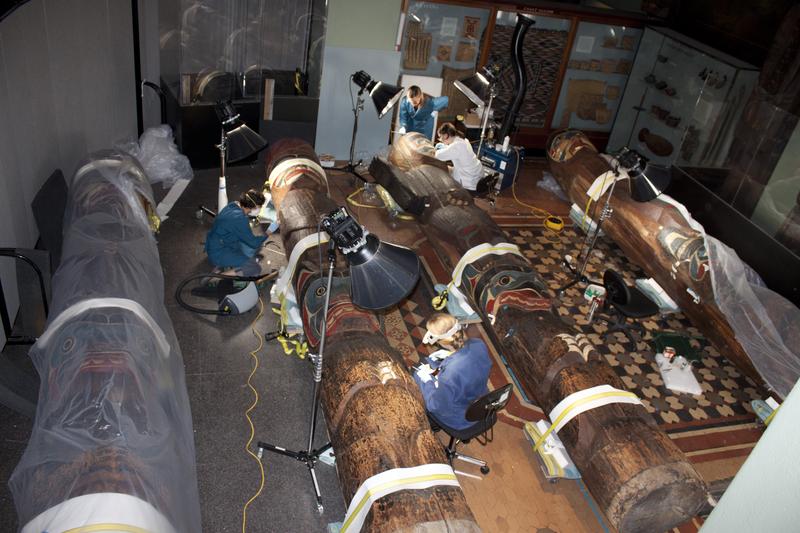
Representatives from the First Nations, native communities from the Pacific Northwest coast, will have a seat at the table, as the American Museum of Natural History re-invents its oldest cultural hall.
As part of the project, the museum will conserve more than 1,000 artifacts, including large totems, masks, instruments and artwork. The Northwest Coast Hall dates back to 1899.
"These objects are interesting, they're beautiful, they're powerful and they're loaded with meaning," said Ron Hamilton, of the Huupach'esat-h First Nation. "It strikes me that it's high time that we begin to get under the skin of these things, and stop analyzing their surfaces and start looking at what they really mean."
The project is expected to take at least two years; officials aim to unveil the new hall by the museum's 150th anniversary in 2020. Nika Collison, with the Ts'aahl clan of the Haida Nation, said there are steps to take while thinking about what the new exhibit will look like.
"Know your history. Know our shared history, which was shoved down, just like our people, for so long," she said. "Find your grief, share in ours. Then we can de-colonize. Then we can reconcile."

